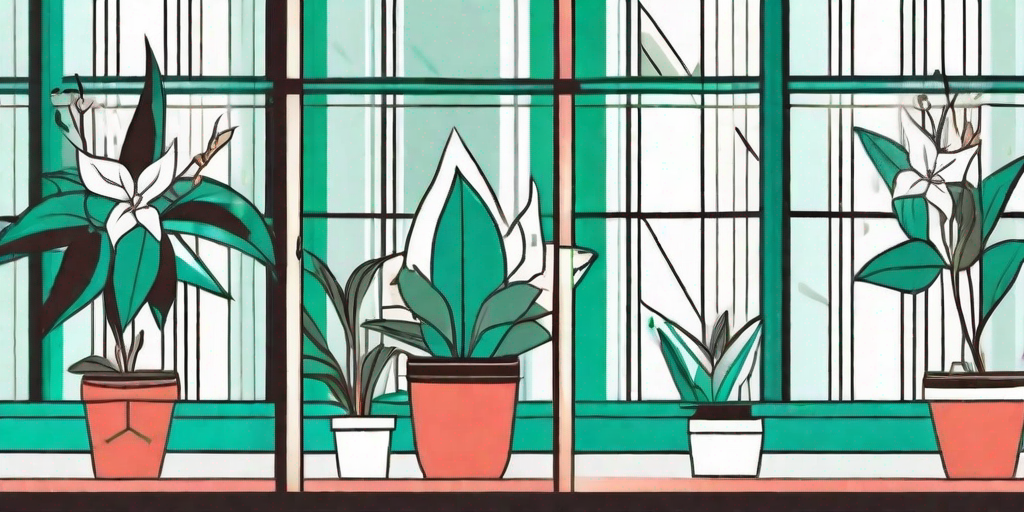
Winter can be a tough time for all of us, and it's no different for your Mandevilla. This tropical beauty, known for its vibrant, trumpet-shaped flowers and glossy foliage, can struggle in the colder months. But fear not, green thumbs! With a little TLC and a few cheeky tricks up your sleeve, you can help your Mandevilla survive winter and flourish come spring.
Understanding Your Mandevilla
Before we dive into the nitty-gritty of winter care, let's take a moment to understand our Mandevilla. Native to South America, these plants are accustomed to warm, humid climates. They're the divas of the plant world, demanding plenty of sunlight and moisture. But don't let their high-maintenance reputation put you off. Once you understand their needs, they're a joy to care for.
The key to keeping your Mandevilla happy during winter is to mimic its natural environment as closely as possible. This means providing warmth, humidity, and light. But how exactly do we achieve this? Let's find out.
Creating the Perfect Winter Environment
Warmth
Mandevillas are not fans of the cold. Anything below 50°F (10°C) and they start to throw a bit of a tantrum. So, the first step in winter care is to ensure they're kept warm. If your Mandevilla is planted outside, consider moving it indoors for the winter. Choose a spot that's away from drafts and cold windows.
If moving your plant indoors isn't an option, you can use a plant blanket or frost cloth to provide some protection. Just remember, these are temporary solutions and won't provide the consistent warmth your Mandevilla craves.
Humidity
Next up is humidity. Remember, your Mandevilla is a tropical diva and loves a bit of moisture in the air. During winter, indoor heating can dry out the air, which your plant won't appreciate. To increase humidity, you can place your plant on a tray filled with pebbles and water. Just make sure the bottom of the pot isn't sitting in water, as this can lead to root rot.
Another option is to mist your plant regularly with water. This not only increases humidity but also helps to keep the leaves dust-free, which can improve photosynthesis. Win-win!
Light
Lastly, your Mandevilla needs plenty of light, even during winter. Place it near a south-facing window where it can get at least six hours of sunlight each day. If natural light is scarce, consider using a grow light. These can provide the full spectrum of light your plant needs to thrive.
Just remember, while your Mandevilla loves light, it doesn't appreciate direct, scorching sunlight. So, if you notice the leaves starting to yellow or brown, it might be getting a bit too much of a good thing.
Feeding and Watering Your Mandevilla During Winter
During winter, your Mandevilla's growth will slow down. This means it won't need as much water or food as during the growing season. Overwatering or overfeeding can lead to root rot and other problems, so it's important to adjust your care routine accordingly.
As a general rule, water your Mandevilla when the top inch of soil feels dry to the touch. Reduce feeding to once a month, using a balanced, water-soluble fertilizer.
Pruning and Pest Control
Winter is a great time to give your Mandevilla a bit of a haircut. Pruning helps to promote bushier growth come spring and can also keep your plant healthy by removing any dead or diseased parts.
Keep an eye out for pests too. Spider mites, aphids, and scale can all be attracted to your Mandevilla, especially when it's stressed. Regularly inspect your plant and treat any infestations early to prevent them from spreading.
Frequently Asked Questions
- Can my Mandevilla survive frost?
Unfortunately, Mandevillas are not frost-tolerant. If temperatures drop below 50°F (10°C), it's best to move your plant indoors or provide some form of protection.
- Why are the leaves on my Mandevilla turning yellow?
Yellow leaves can be a sign of overwatering, too much light, or a nutrient deficiency. Check your care routine and adjust as necessary.
- Can I propagate my Mandevilla in winter?
While it's possible to propagate Mandevillas in winter, they're likely to root and grow more successfully in spring or summer when conditions are warmer and brighter.
Conclusion
Surviving winter with your Mandevilla may seem like a daunting task, but with a little understanding and care, it's entirely possible. Remember, the key is to mimic your plant's natural environment as closely as possible. Provide warmth, humidity, and light, adjust your watering and feeding routine, and keep an eye out for pests. With these tips and tricks, your tropical beauty will be ready to dazzle come spring.
So, wrap up warm, put the kettle on, and show winter who's boss. Your Mandevilla is counting on you!















